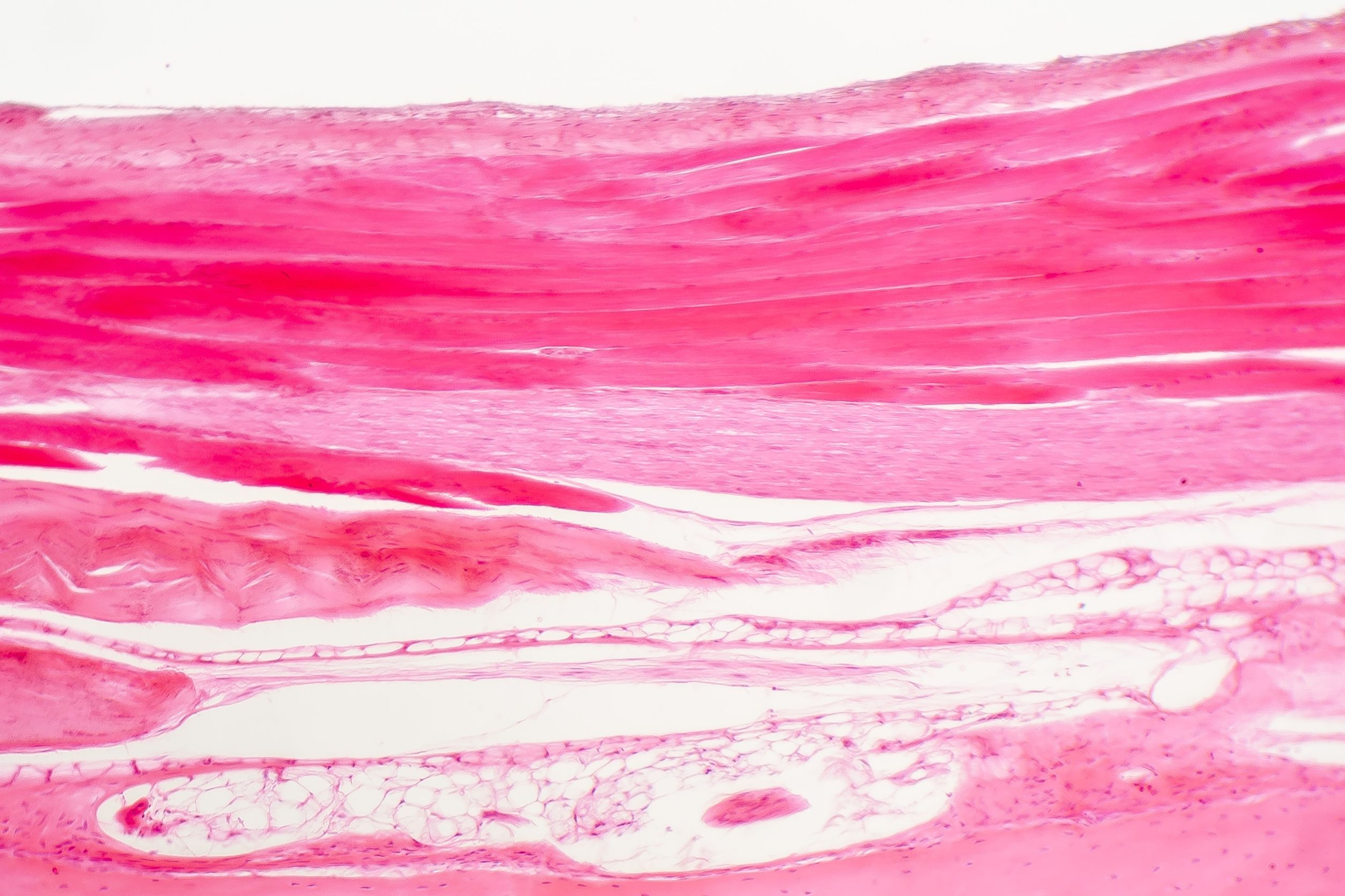What’s This Research About?
This paper provides an overview of fascial research. Researchers explore the role fascia plays in physiological and metabolic function; the authors explain our understanding of fascia and its purpose.

TITLE: Frontiers in Fascia Research
PUBLICATION: Journal of Bodywork & Movement Therapies
DATE: 2018
AUTHORS : Carla Alessandra, Avila Gonzalez, Mark Driscoll, Robert Schleip, Scott Wearing, Eric Jacobson, Tom Findley, Werner Klingler
Fascia: Web of connective tissue that holds together muscle, tendons, bones, organs, and cells*
Intra-abdominal pressure (IAP): Pressure in the abdominal cavity
Mechanotransduction: The process describing how cells sense and respond to mechanical stimuli through conversion to biochemical signals that cause specific cellular responses
Nociceptors: Sensory neurons that detect damaging or potentially damaging stimuli by sending information up the spinal cord to the brain, signaling there might be danger
Telocytes: A specific type of interstitial cell that has long telopodes and a small cell body
Thoracolumbar fascia (TLF): A deep membrane of connective tissue that covers the thoracic and lumbar region**
Ultrasound: A type of imaging that uses high frequency waves to look at structures and organs inside the body

